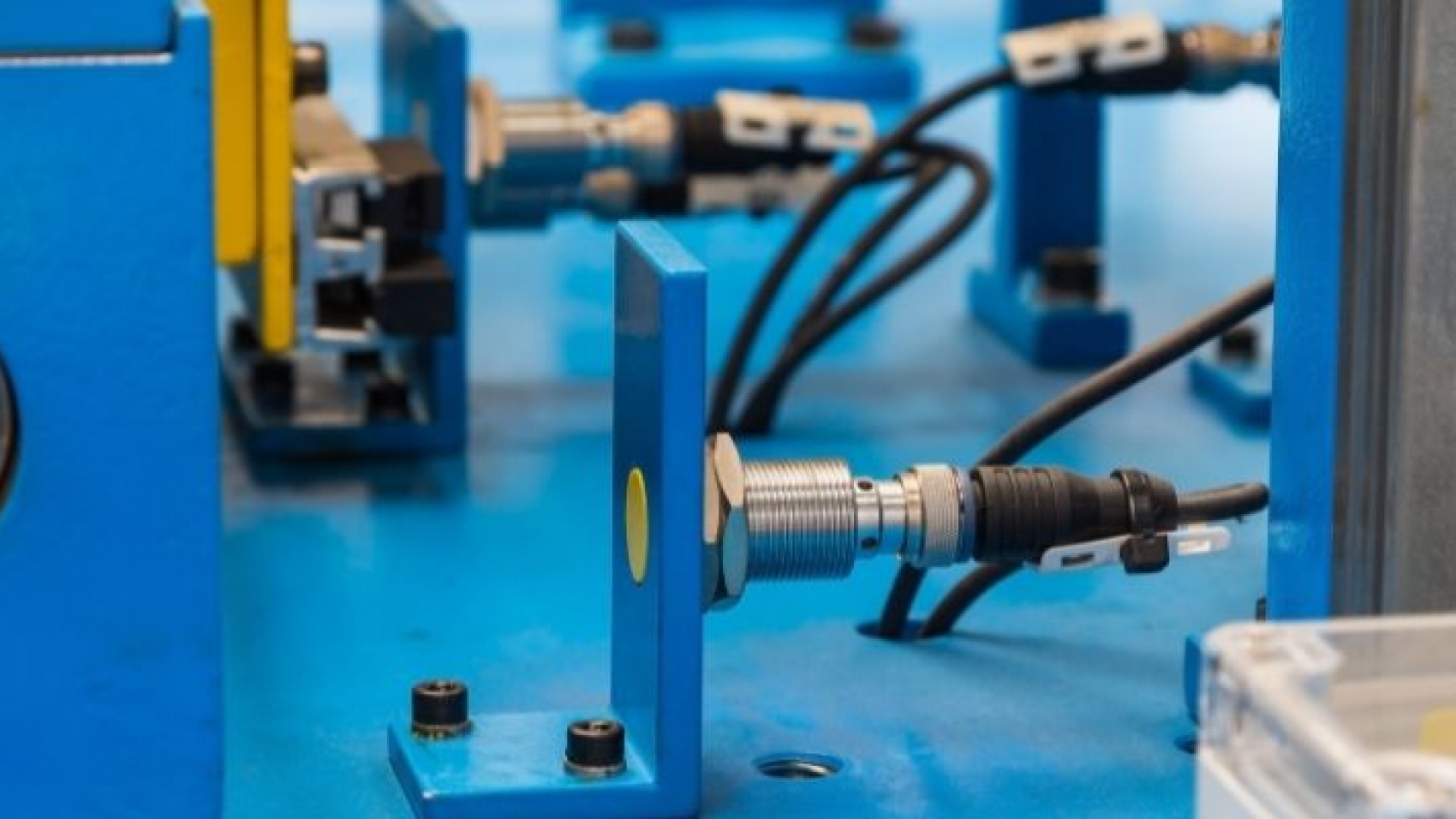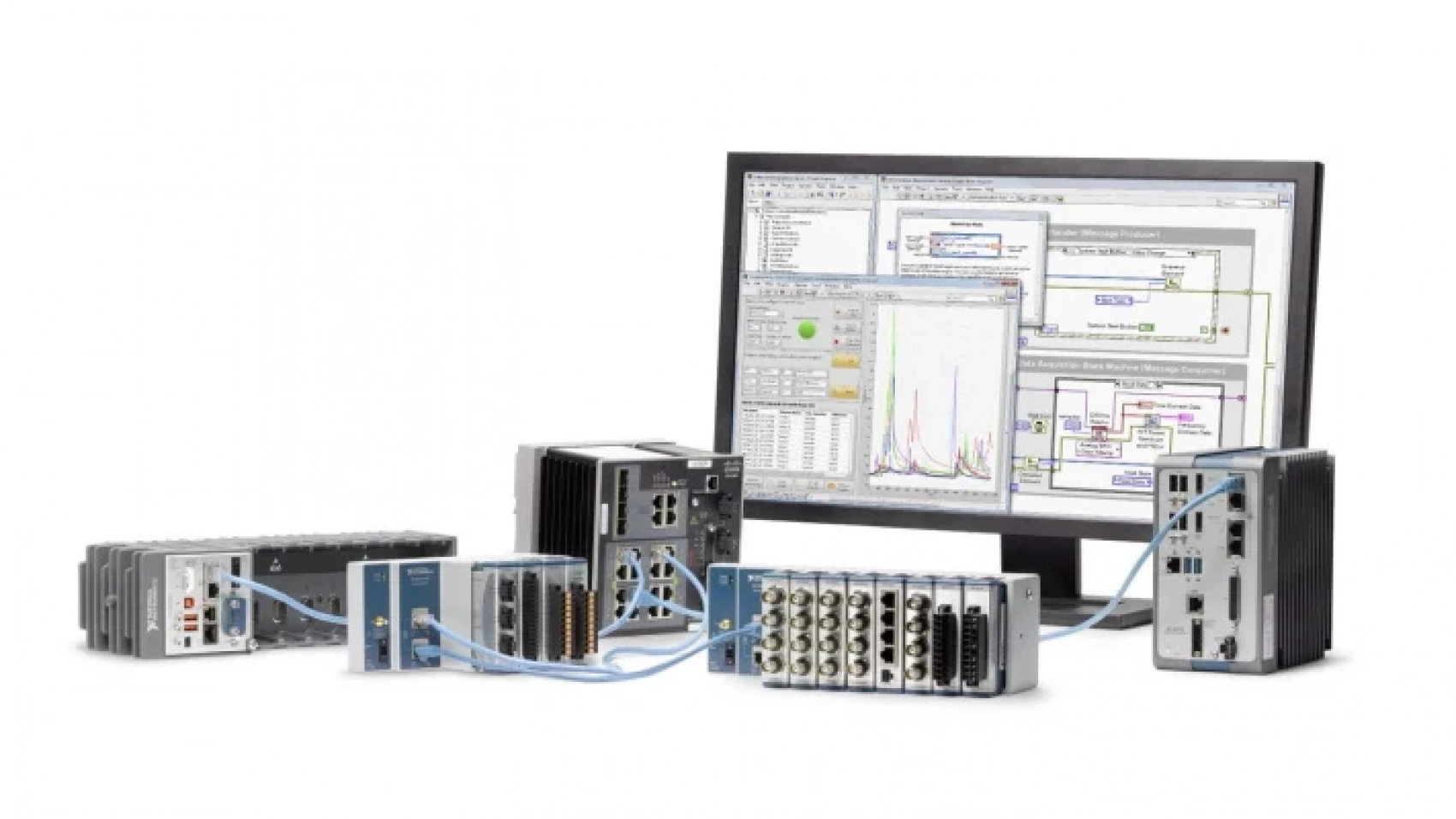Are you a LabVIEW or TestStand developer, you should really watch this video and try GPower IO-Link! A universal driver for more than 30,000 IO-Link devices!
IO-Link for LabVIEW and TestStand
Even though IO-Link has been around for more than a decade there has been no easy way to connect the devices with the NI tool chain. This is why the GPower IO-Link is revolutionary. By installing just one toolkit you gain access to data from more than 30.000 devices right in your LabVIEW code. Moreover, we have taken our own medicine and utilized our IO-Link LabVIEW Toolkit to build a set of IO-Link step types for TestStand.
A Revolutionary Product Including...
LabVIEW driver for IO-Link Masters
- LabVIEW driver API with LabVIEW Palette
- Easy access to all parameters of IO-Link devices thanks to the simple download of IODD files
- Easy installation using VI Package Manager
TestStand Step Type for IO-link Masters
- Easy access to all parameters of IO-Link devices thanks to the simple download of IODD files
- Direct integration to TestStand variables
- Easy installation using NI Package Manager
Download Free Trial Versions
We hope this trigged your interest in IO-Link products and our tools for accessing them from the NI software tool chain. You can download free trial versions and learn more by visiting our website: https://www.gpower.io/en/products/io-link-labview-teststand/.
#iolink #plugnplay #encoders #ioddfile



